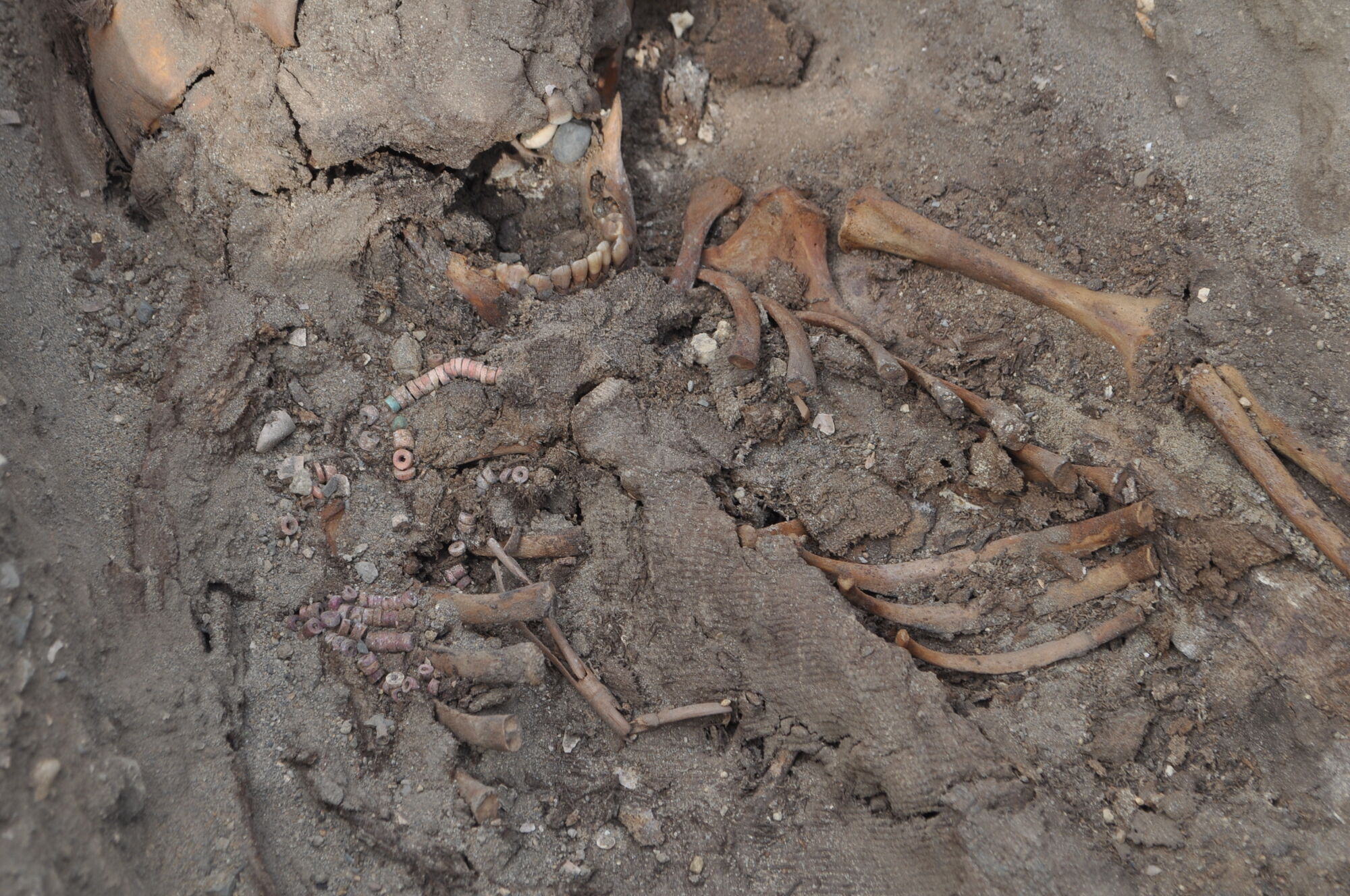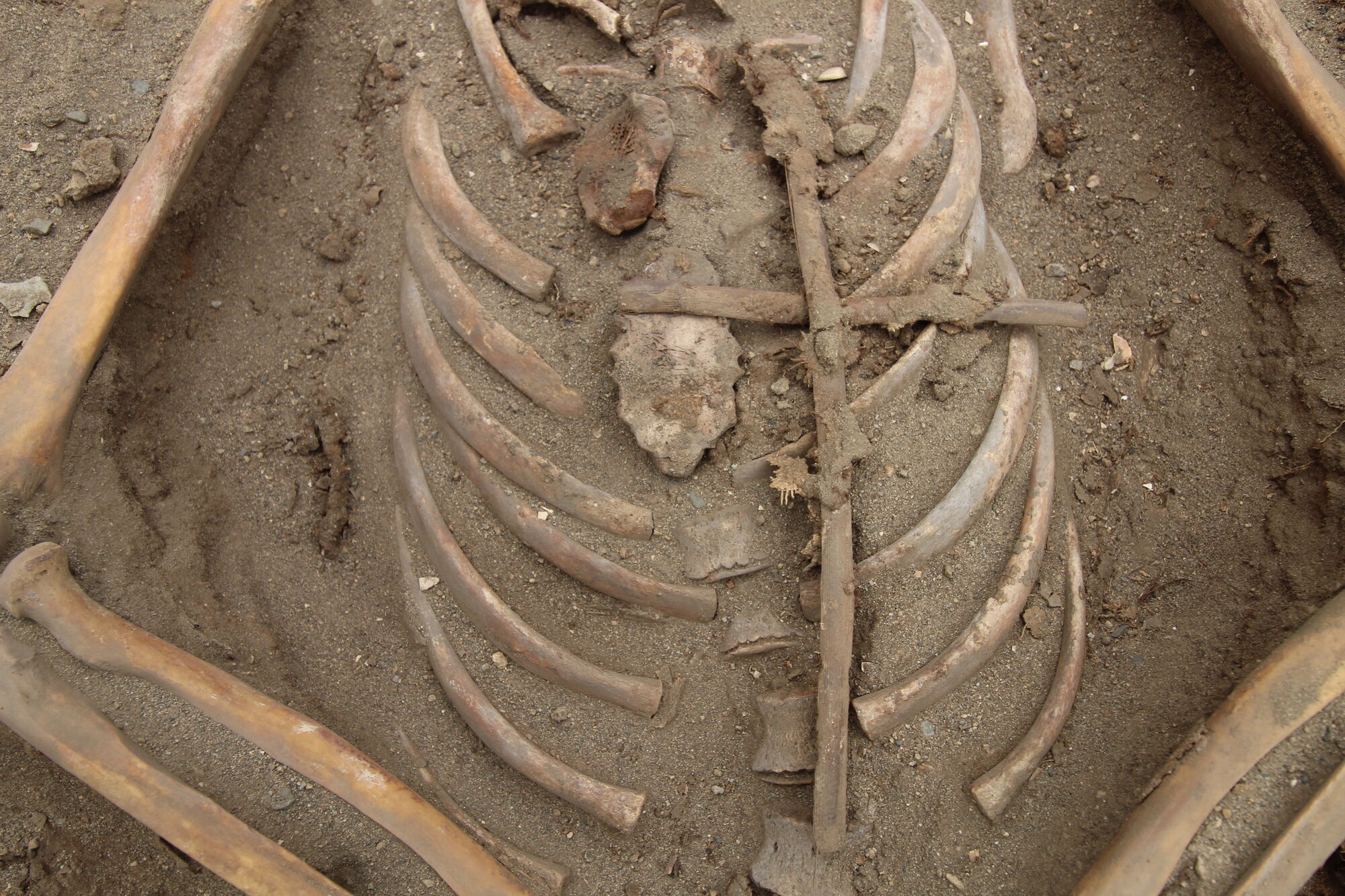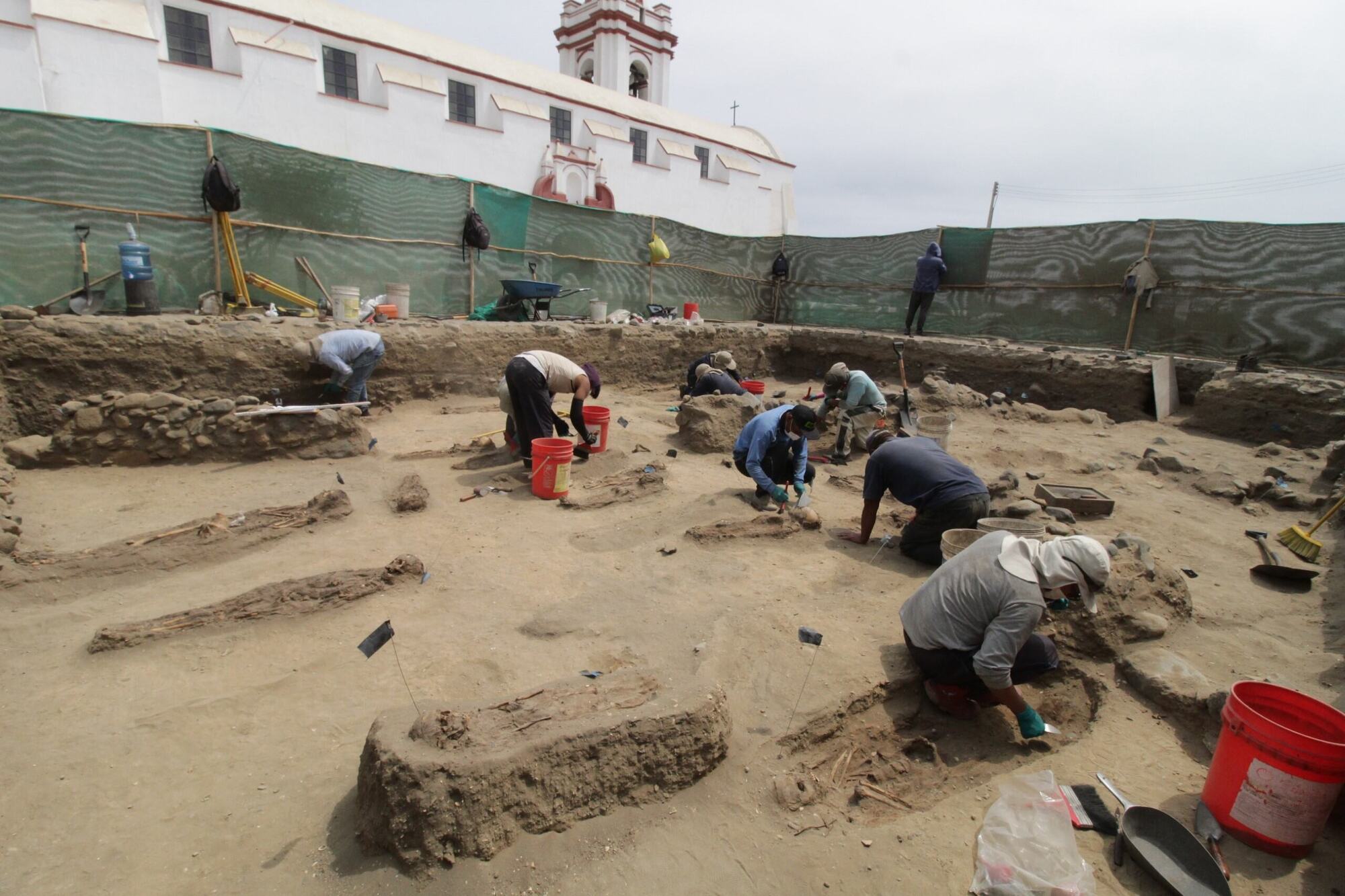News
The skeletons of children helped to solve the cause of death of 70% of the indigenous population of the Incas in the 16th century. Photo
Archaeologists have unearthed two graves of 16th-century Inca children with signs of smallpox in Peru. Scientists assume that this discovery indicates that the terrible disease spread rapidly among tribes in contact with Europeans and killed about 70% of the indigenous population.
Thanks to this discovery, scientists say they will be able to unravel information about the oldest infectious diseases associated with European colonization. And also about the Inca's reaction to colonization, LiveScience writes.
Scientists were stunned by the discovery in a small fishing town on the northwestern coast of Peru. In the local early colonial cemetery of Huancaco, the bodies of two children aged one and a half years were unearthed. The skeletons of the children show clear signs of the devastating effects of smallpox.
The Huanchaco cemetery is connected to a colonial church, which was one of the oldest in the region, built by the Spanish between 1535 and 1540. The 120 burials there, representing the early colonial population, reflect the initial cultural changes of colonialism in 1540. In particular, reed crosses and glass beads can be found on the skeletons, which were introduced into the ritual burials of the indigenous population by Europeans.
However, it was still unknown that the Incas had smallpox. The chickenpox virus was a well-known cause of death in the Americas. But since signs of this deadly disease are present on the skeletons of Inca children that have been found, it is clear that this virus arrived in northwestern Peru with Francisco Pizarro and his soldiers in the late 1530s. This explains the well-known fact that by 1620, the Inca population had declined by 70%. Given that there is virtually no information about the first years of European contact in Peru, archaeological work on these lands is extremely important for understanding the contact between the indigenous population and the colonizers.
According to researchers, 90 of the 120 early excavated colonial burials in the Huanchaco cemetery are children. Approximately 60% of them were under the age of 5. These terrifying figures indicate the presence of a deadly disease in Peru.
On the two skeletons of one and a half year olds studied, the researchers found numerous injuries in the joints of the shoulders, elbows, wrists, hips, knees, and ankles. The bone destruction, similar to insect burrows, is typical of an infection called Variolosa osteomyelitis, which is caused by the smallpox virus.
Doctors emphasize that not all people who have had smallpox have bone damage. In children under 5, this figure is up to 20%. Therefore, through the study of skeletons, it is difficult to establish exactly how many Incas encountered the smallpox virus. Nevertheless, the excavations in Peru are still difficult to overestimate, because they are the first pronounced cases of a variety of osteomyelitis found in South America.
Smallpox is known to have existed for at least three millennia. The earliest evidence of this deadly disease was found on the skin of Egyptian mummies. The disease caused numerous epidemics that led to millions of deaths. This terrible disease was stopped in 1980 thanks to a worldwide vaccination campaign.
Khrystyne Tschinkel, a bioarchaeologist at Hamline University in Minnesota, emphasized that although researchers know how smallpox affected ancient cultures, there is still a lack of verified data on small epidemics. In particular, information on how the disease affected remote indigenous populations.
"If we start identifying more of these cases, we will be able to better understand how the disease spread and where outbreaks occurred during the early colonial period," Tschinkel.
Only verified information is available on the OBOZ.UA Telegram channel and Viber. Do not fall for fakes!































